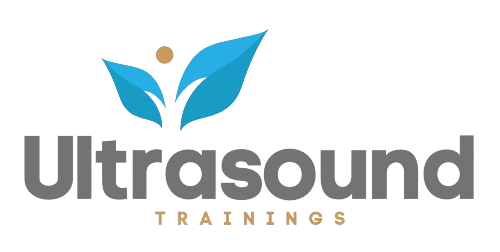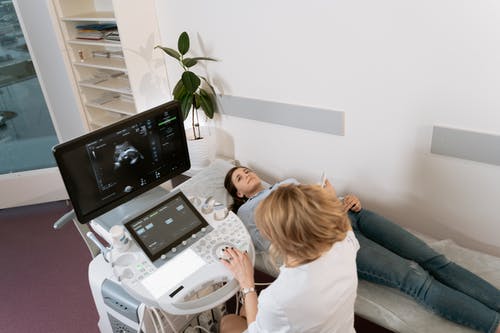Ultrasound Imaging Education
Ultrasound imaging education is a valuable diagnostic tool used in many medical specialties. For beginners, understanding the basics of ultrasound is essential to developing the skills needed to accurately perform and interpret ultrasounds. In this beginner’s guide, we’ll explore the basics of ultrasound training to help newcomers navigate the world of medical imaging.

Understanding Ultrasound Imaging
Ultrasound technology uses sound waves to create real-time images of the body’s internal structures. It is important to understand the principles of ultrasound anatomy and imaging to accurately interpret ultrasound images. Beginners should familiarize themselves with basic ultrasound terminology and concepts to build a strong foundation for further studies.
Types of Ultrasound Examinations
Ultrasound imaging encompasses a wide range of examinations performed in clinical practice, including abdominal, obstetric, cardiovascular, and cardiac examinations. . ultrasound Each type of study has its own imaging protocols and diagnostic criteria. Beginners should familiarize themselves with the different types of ultrasound and their clinical indications to understand the range of ultrasound imaging applications.
Equipment overview
Ultrasound equipment consists of several components, such as a control panel, display, and transducer. Beginners should learn how to navigate the control panel and understand basic settings such as gain, depth and focus. Knowledge of different types of transducers and their applications is also important for beginners to understand the basics of ultrasound equipment.
Basic Scanning Techniques
Learning basic scanning techniques is very important for beginners to master ultrasound imaging. Techniques such as longitudinal, transverse and oblique scanning are used to image various anatomical structures of the body. Beginners should practice manipulating the transducer and positioning the patient to optimize image acquisition and interpretation.
Image Optimization
Ultrasound image optimization is essential for diagnostic quality. Beginners should learn how to adjust settings such as gain, depth and focus to optimize image clarity and resolution. Understanding the effect of different settings on image appearance and diagnostic accuracy is critical to mastering the fundamentals of ultrasound imaging.
Introduction to Ultrasound Pathology
Identifying normal and abnormal ultrasound findings is an important skill for the beginner to develop. Understanding common ultrasound abnormalities and pathologies will help novices accurately interpret images and identify potential problems. Novices should become familiar with ultrasound findings related to various diseases to improve their diagnostic skills.
Practical training and training opportunities
Practical training is important for novices to apply theoretical knowledge in a clinical setting. Guided clinical rounds and workshops offer beginners the opportunity to practice scanning techniques under experienced instructors. Novices should take advantage of hands-on training opportunities to build confidence and skill in ultrasound imaging.
Continuing education and skill development
Continuing learning and skill development is essential for novices to stay current with ultrasound technology and best practices. . . Novices should seek continuing education opportunities through workshops, courses and conferences to expand their knowledge and improve their skills in the field of ultrasound imaging.
Conclusion
Finally, introducing the fundamentals of ultrasound training to beginners is essential to get started. research successful journey in medical imaging. By understanding the basics of ultrasound, learning about equipment and scanning techniques, and taking advantage of hands-on training and continuing education opportunities, novices can develop the skills necessary to succeed in ultrasound and improve patient care


